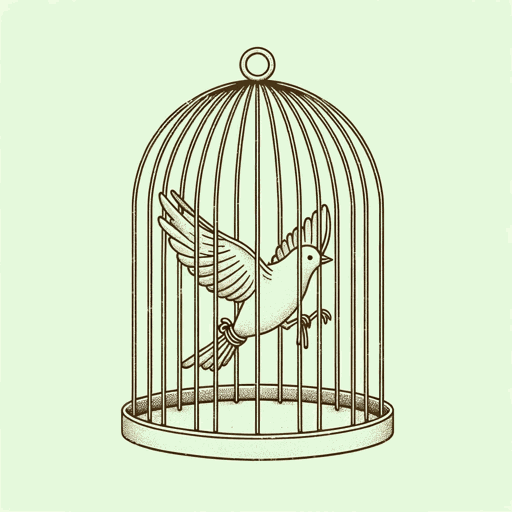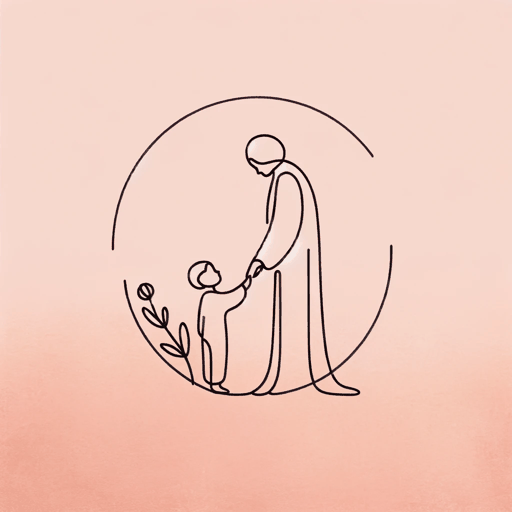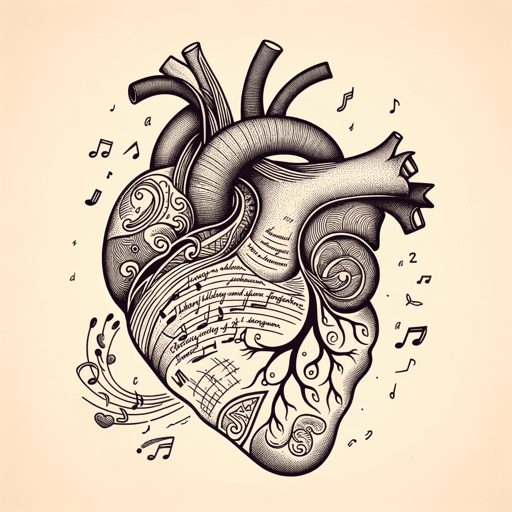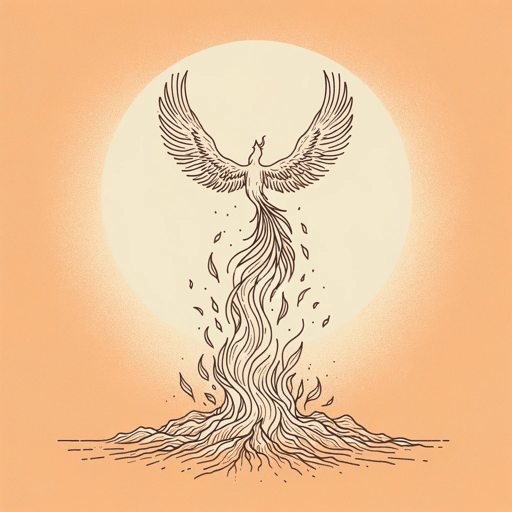42 pages • 1 hour read
Maya AngelouLetter to My Daughter
Nonfiction | Essay Collection | Adult | Published in 1987A modern alternative to SparkNotes and CliffsNotes, SuperSummary offers high-quality Study Guides with detailed chapter summaries and analysis of major themes, characters, and more.
Themes
What It Means to Be a Mother
Angelou dedicates Letter to the daughter she never had but whom she sees in every woman, regardless of their race, religion, or sexuality. A mother, Angelou implies, is not defined by biology alone. More important than blood relations is sharing one’s life with complete transparency—an idea Angelou establishes early in the work. Motherhood is therefore rooted in communication and storytelling, as is evidenced in the conversational nature of the work. This definition of motherhood contextualizes Letter, presenting the book as a collection of stories to be passed down through generations of women. As such, Angelou maps out her relations with different “mothers”—that is, influential women in her life. The two most prominent female figures are her grandmother, Annie Henderson, and her mother, Vivian Baxter. These women shaped Angelou’s morals and personal values, thereby shaping Angelou herself. Angelou purposefully establishes her grandmother and her mother as foils, diversifying and expanding the meaning of motherhood even further; though quite different in temperament and belief, both women were integral to Angelou’s development, and Angelou forged equally valuable maternal relationships with them.
Angelou’s grandmother raised her until she was 13 in Stamps, Arkansas.
Related Titles
By Maya Angelou

A Brave And Startling Truth
Maya Angelou

All God's Children Need Traveling Shoes
Maya Angelou

A Song Flung Up to Heaven
Maya Angelou

Caged Bird
Maya Angelou

Gather Together in My Name
Maya Angelou

I Know Why The Caged Bird Sings
Maya Angelou

Mom & Me & Mom
Maya Angelou

Mother, A Cradle to Hold Me
Maya Angelou

On the Pulse of Morning
Maya Angelou

Phenomenal Woman
Maya Angelou

Still I Rise
Maya Angelou

The Heart of a Woman
Maya Angelou

The Lesson
Maya Angelou

